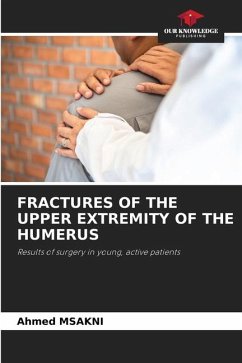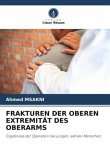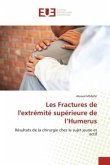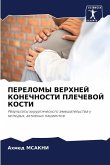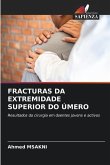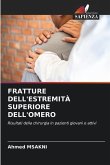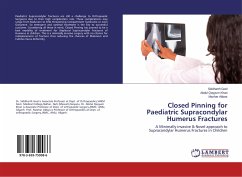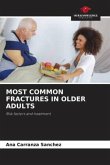FESH is a polymorphic group of lesions with a bimodal distribution. There is no consensus on management, particularly in young and active subjects, although several therapeutic strategies have been proposed in the literature.Methods: We conducted a retrospective study of 100 cases of FESH in patients aged between 20 and 55 years. All patients underwent conservative treatment. Clinical evaluation was based on the Constant score and radiological evaluation on the SOFCOT criteria.Results: Neer 2 fractures (65%) were the most common, followed by Neer 3 (32%). The mean neck-diaphysis angle was 44°. Reduction was satisfactory in 87% of all fractures. The pinning technique and orthopaedic treatment were the most likely to result in callus. For the different therapeutic methods, the best average Constant score was found with plate osteosynthesis.Conclusions: The functional outcome of FESH in the young population depends on the quality of reduction and especially on post-reduction translation.
Bitte wählen Sie Ihr Anliegen aus.
Rechnungen
Retourenschein anfordern
Bestellstatus
Storno

